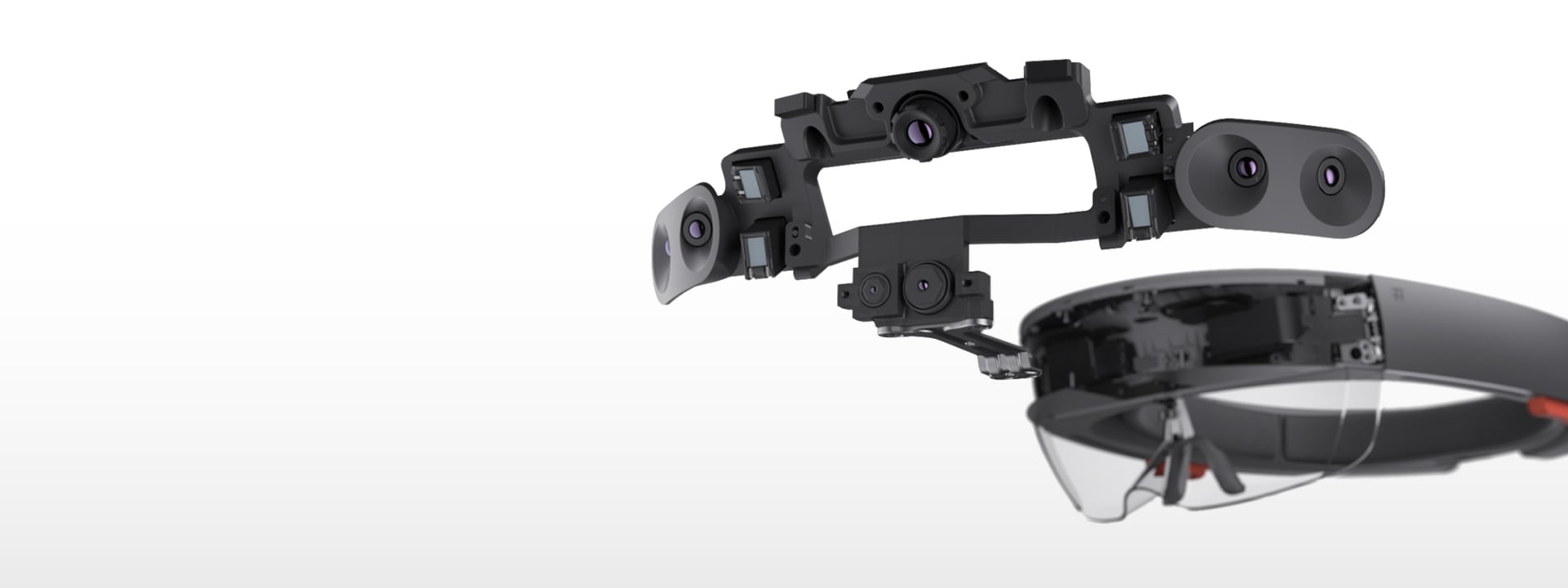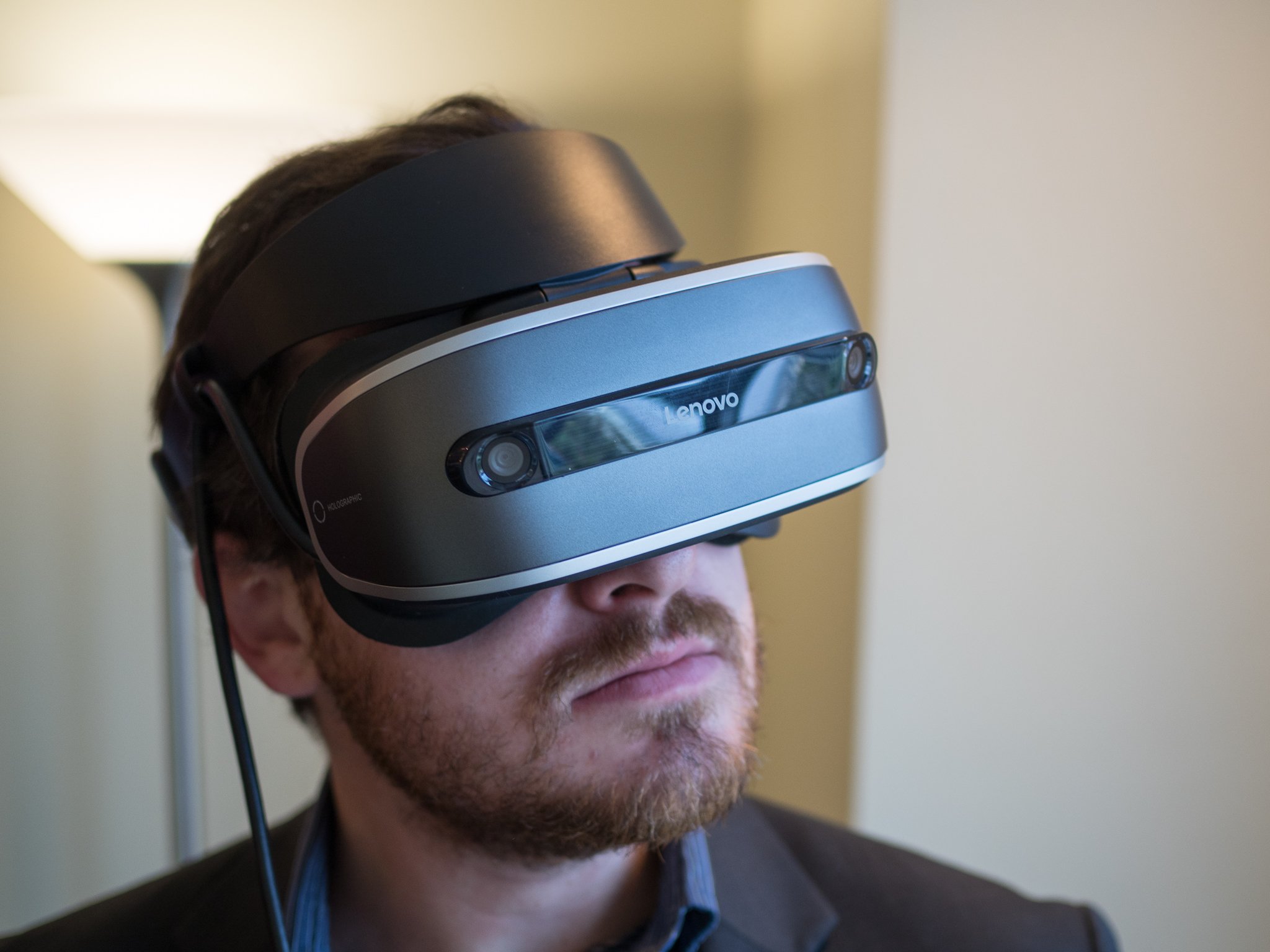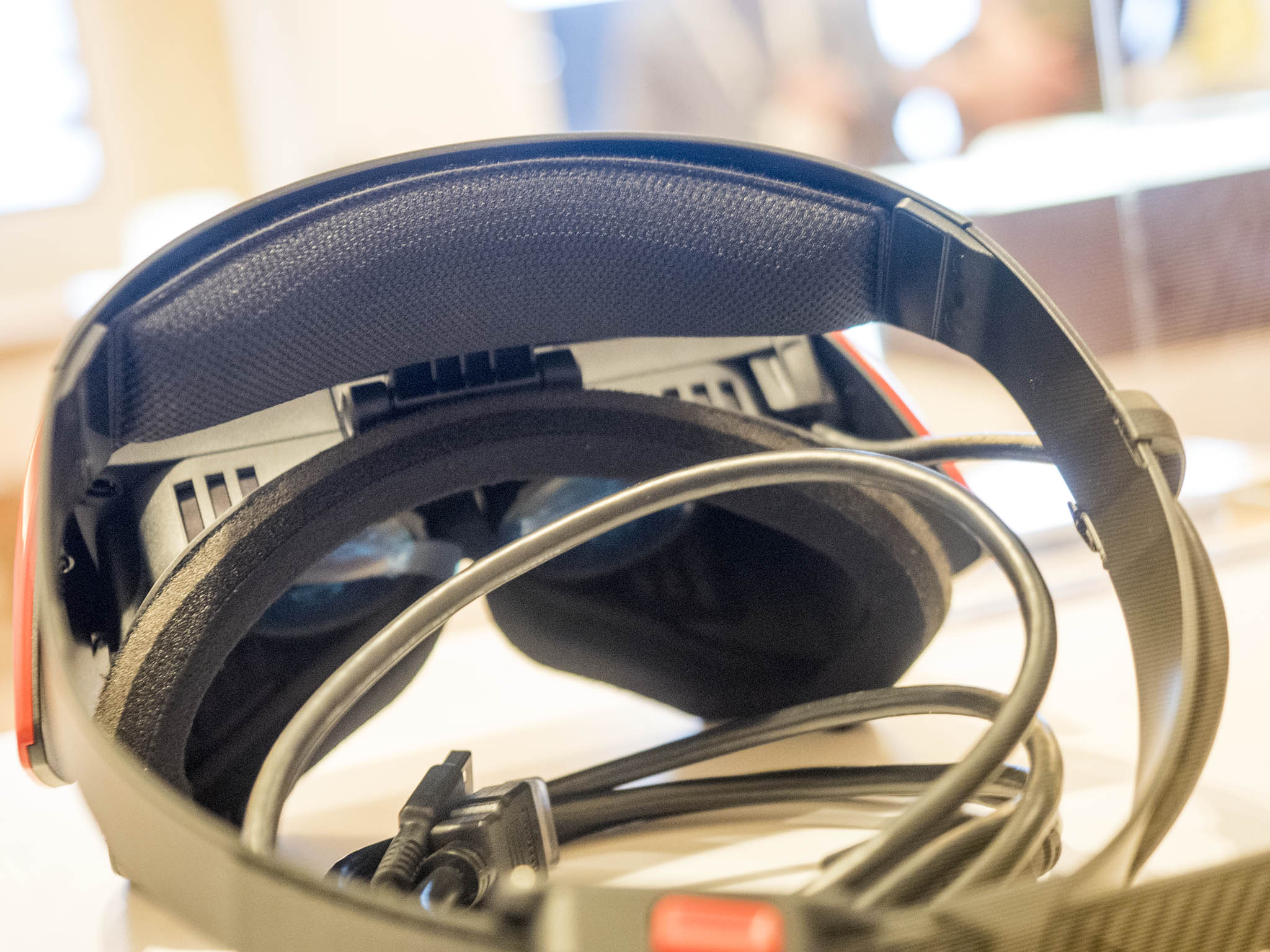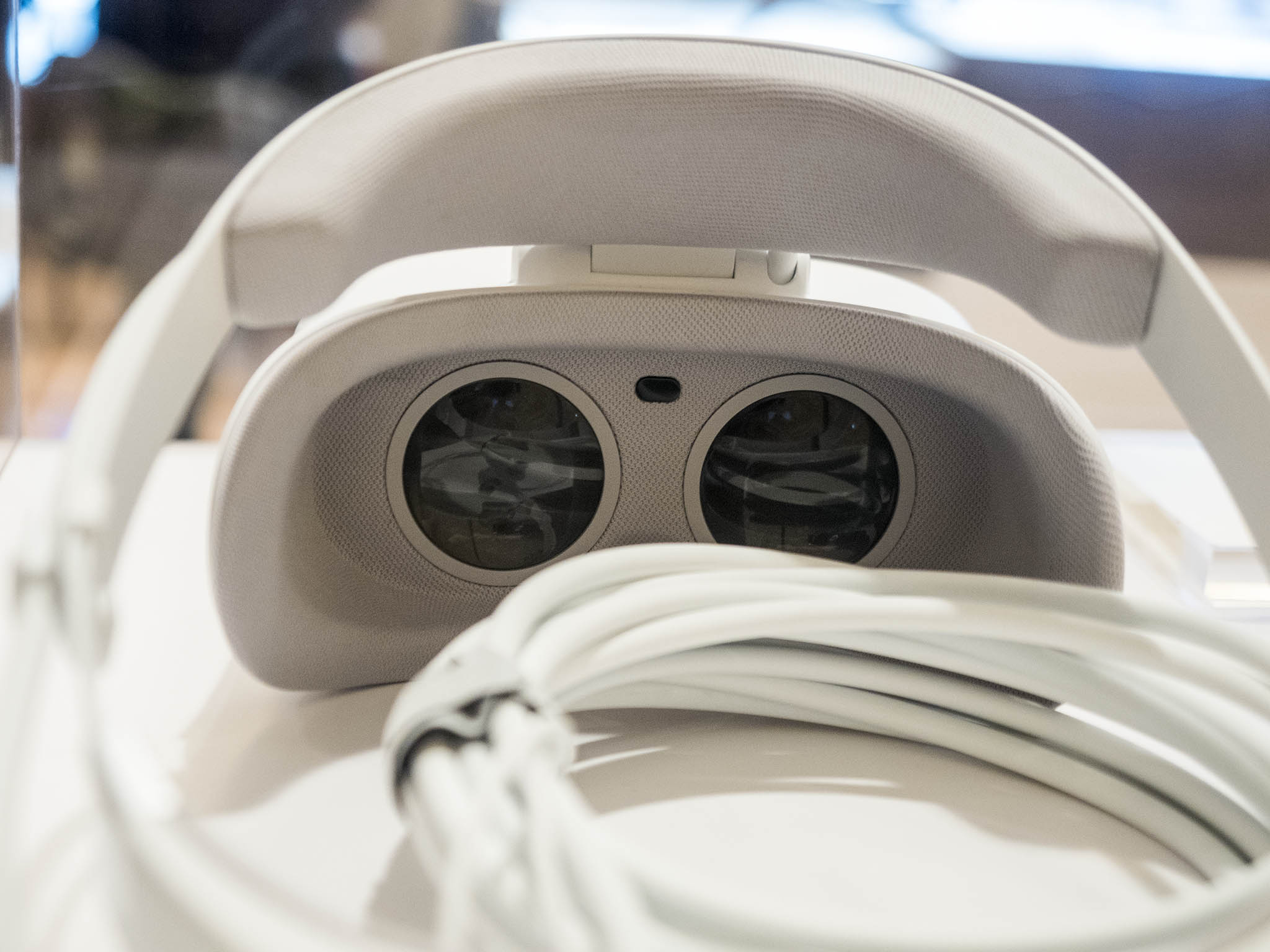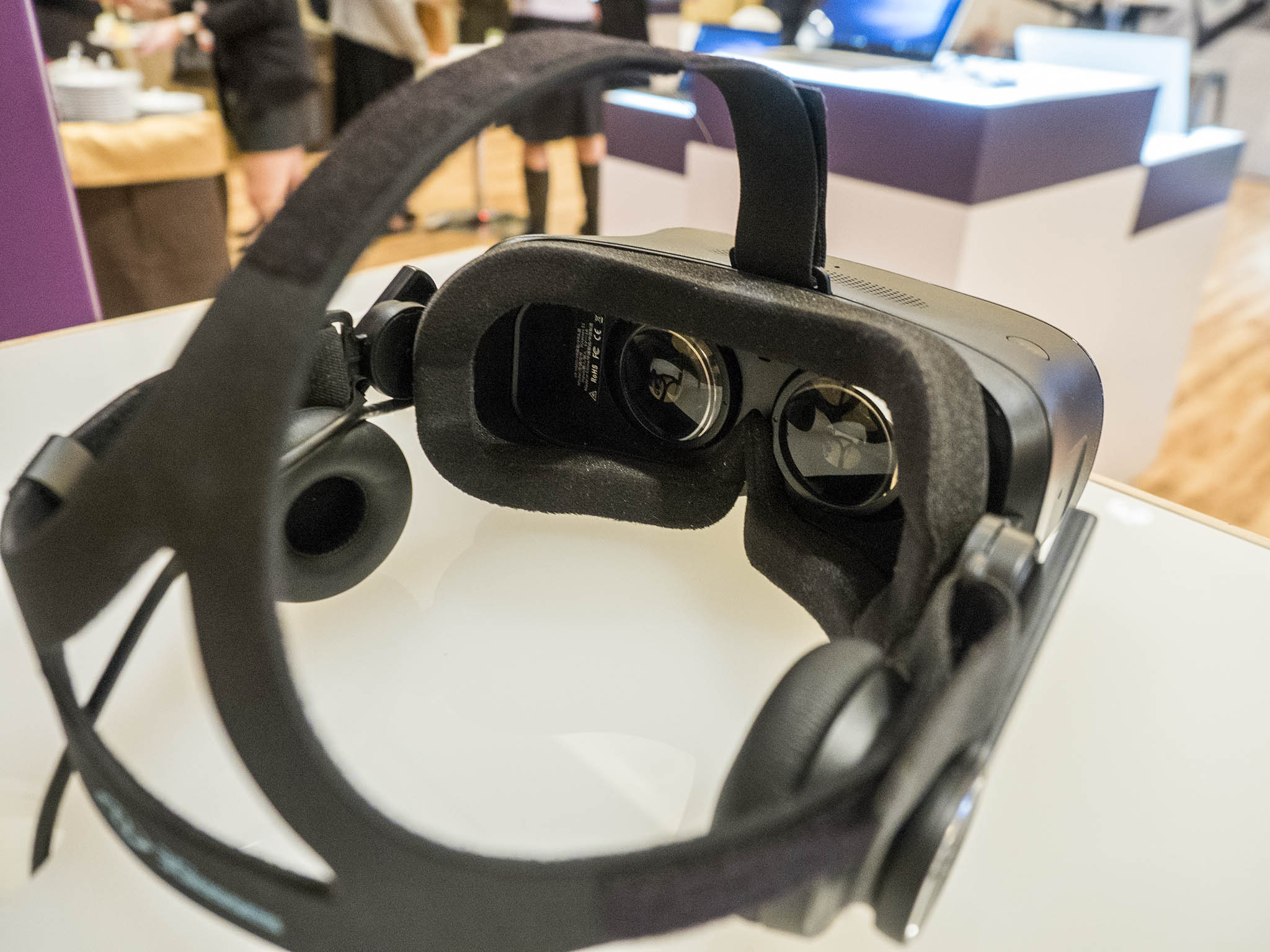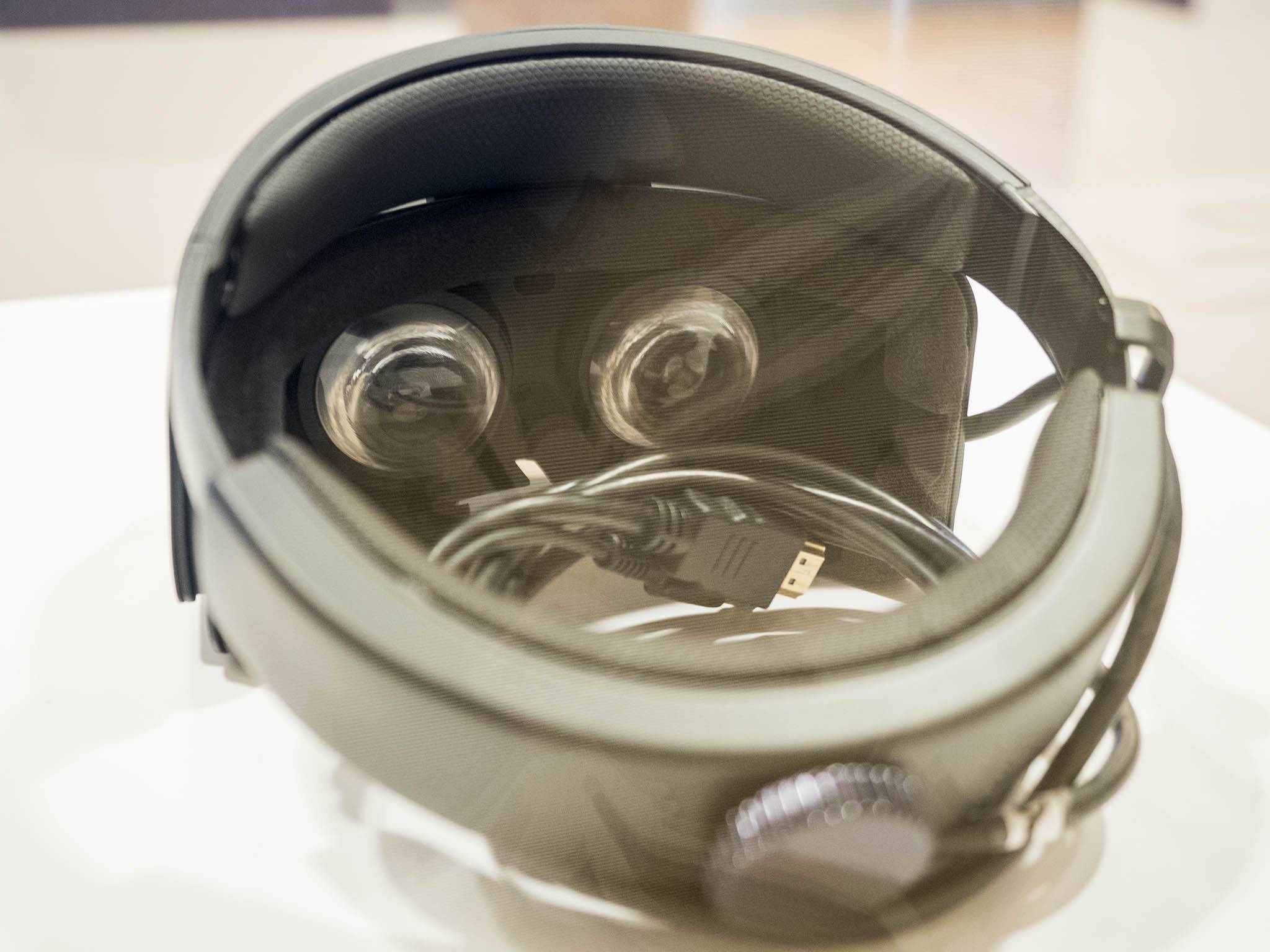Zalusithix
Member
How well does this "inside-out" tracking work?
Nobody knows as nobody has used one. Hololens tracking is supposedly spot on (though I have no idea how well it handles low/no light situations). There's no way these sets are using a sensor array as advanced as that though with the price points being targeted.
Even with flawless tracking of the head, there's no guarantee the same tech can be applied to controllers. The position and orientation of controllers can change much faster and is far less predictable than the head. Meanwhile controllers are also smaller and don't always face "out" to empty space so are more easily obscured. I think it's rather telling that while multiple companies have demonstrated markerless inside out tracking of headsets, not one has shown a controller do the same.
Positionally tracked headsets without tracked controllers can potentially get by with hand tracking for general use cases where all interaction happens in a limited field in front of you. This is inadequate for gaming or more advanced interaction with the virtual world though. In those cases your hands can be out of your field of vision, or indeed without any line of sight to the headset in general.

